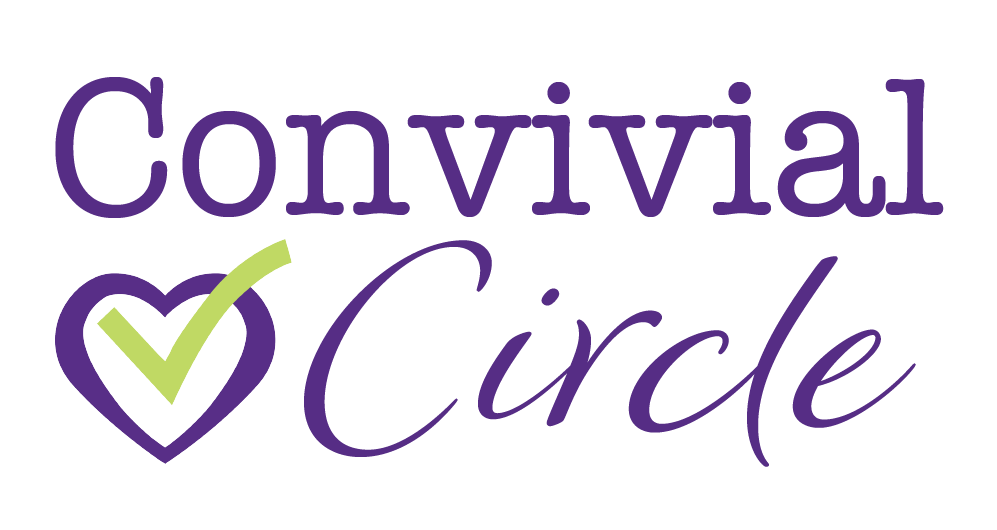Shhh. You can tell me. I won’t judge. I promise.
How many emails are in your inbox?
How many of them are unread?
Now, lean in. Let me share a secret in return: email in your inbox creates stress.
If you’re looking to calm the stress and the mess in your head, one quick (yes, quick, I promise!) and simple place to start is by taming your email inbox.
Not only will it be a small win that helps you can confidence for other stress-reducing projects, but in the process of reducing your email inbox you’ll also have dealt with communication, decision, and relational problems you’re procrastinating – which, in turn, cause more stress.
But even if all your emails in your inbox are fun and cheerful and encouraging, if it is full, it is a source of stress.
If you can’t see all your emails that you need to answer at a glance, you’ll have a vague sense that you might be missing something, forgetting someone, neglecting some task.
If your email inbox is full of potential and possibilities, it’s full of decisions to be made – the more decisions, the more stressful.
If your email inbox is so full that it takes a minute or more to find what you’re looking for, you’re not only wasting time, but creating unnecessary decision fatigue as you sift through the same emails over and over again.
So, let’s start with the revolutionary email inbox secret that applies no matter where, when, how, or with what program you check your mail:
Your email inbox is an inbox, not a storage bin.
It is a place to see what is incoming, process it, and make it leave. It should not be where your email lives permanently, or even for more than a week.
It’s easier than you might think to make this shift in thinking and practice, and it starts with knowing the 3 modes of email management.
Mode #1: Email Triage
First, when you sit down to check your email once or twice a day (or more, admit it), start with triage mode.
Triage is simple, quick, easy sorting. Don’t let junk sit – delete or archive it right then and there. It’s the equivalent of throwing away packaging when you open something right away. Letting it sit is the same as letting that packaging sit on the floor instead, and as each piece lands there without being dealt with, the clutter builds and the workflow slows. Toss what’s easy to toss right away.
There are other triage sorting bins, but deleting is the first and most important one of them all, because it is the fastest and simplest way to keep your email inbox uncluttered.
Even if you’re doing a quick check on your phone while waiting online, triage mode is where you begin.
Mode #2: Email Processing
Once your inbox is clear of the debris, you can begin processing what actually needs your attention.
Do you have appointments to confirm? Put them on your calendar, respond, and archive or delete.
Do you have a quick answer you can dash off? Do it.
Do you need to wait and come back at a time when you have the information or the time you need to reply? Flag it so it stays visible.
Mode #3: Email Reading
Often we get emails that we simply want to read – sometime – and sometime never comes.
Create a label, folder, or other place to store such emails outside of your inbox. Then, instead of sifting through a mix and mess of emails in your inbox when you want something to read, you can simply open up the folder and have something right there ready for you.
Most importantly, your inbox will remain clear of any emails that do not require action on your part.
Learn more about how to manage your inbox – and the rest of your life in Simply Convivial Membership!
- Get gospel-focused advice and encouragement.
- Level up your plans and progress, one step at a time.
- Find accountability with likeminded women without any social media drama.
- Experience the homemaking mentoring you’ve always wanted.
- Learn to love being a homemaker!

